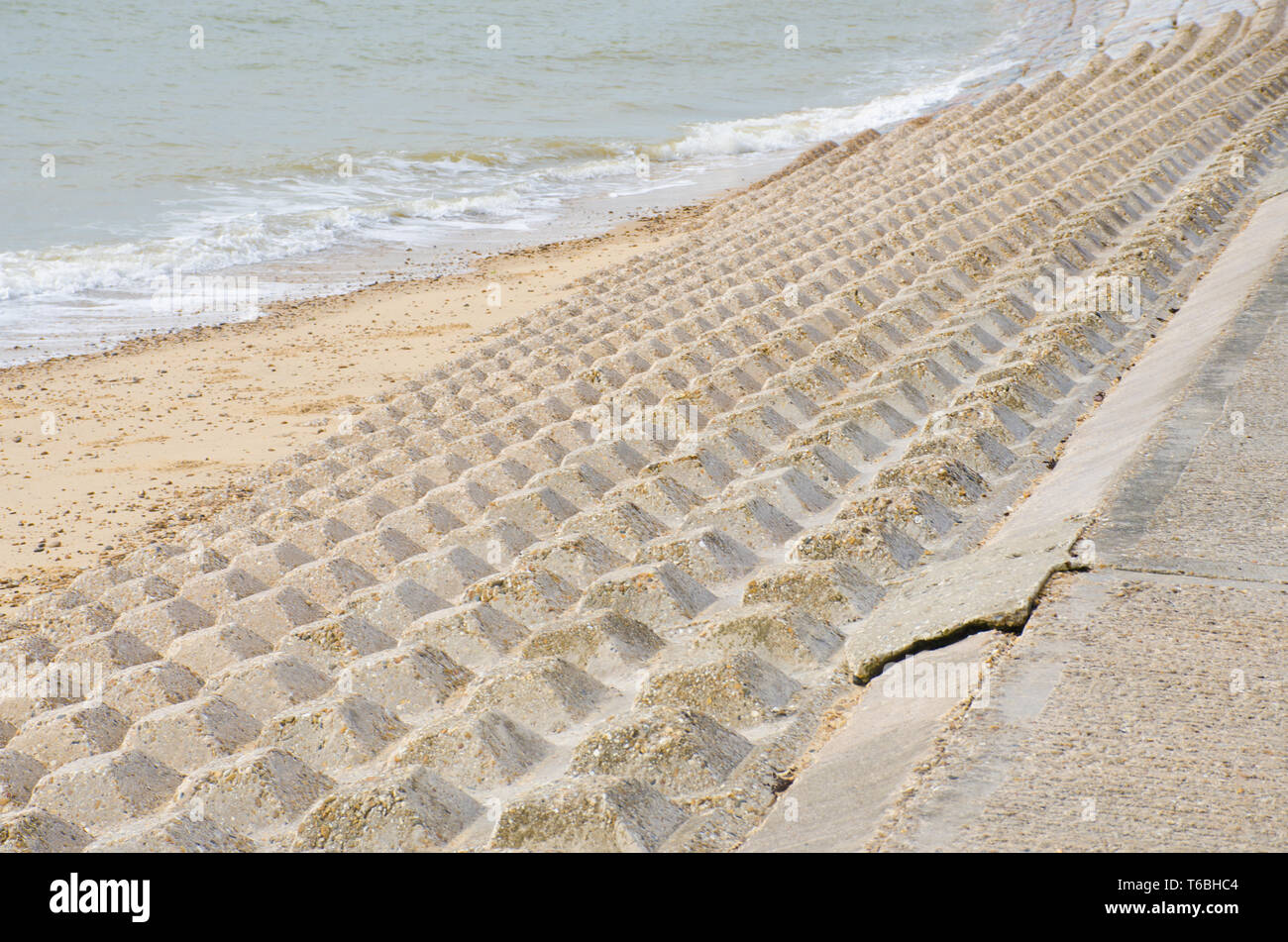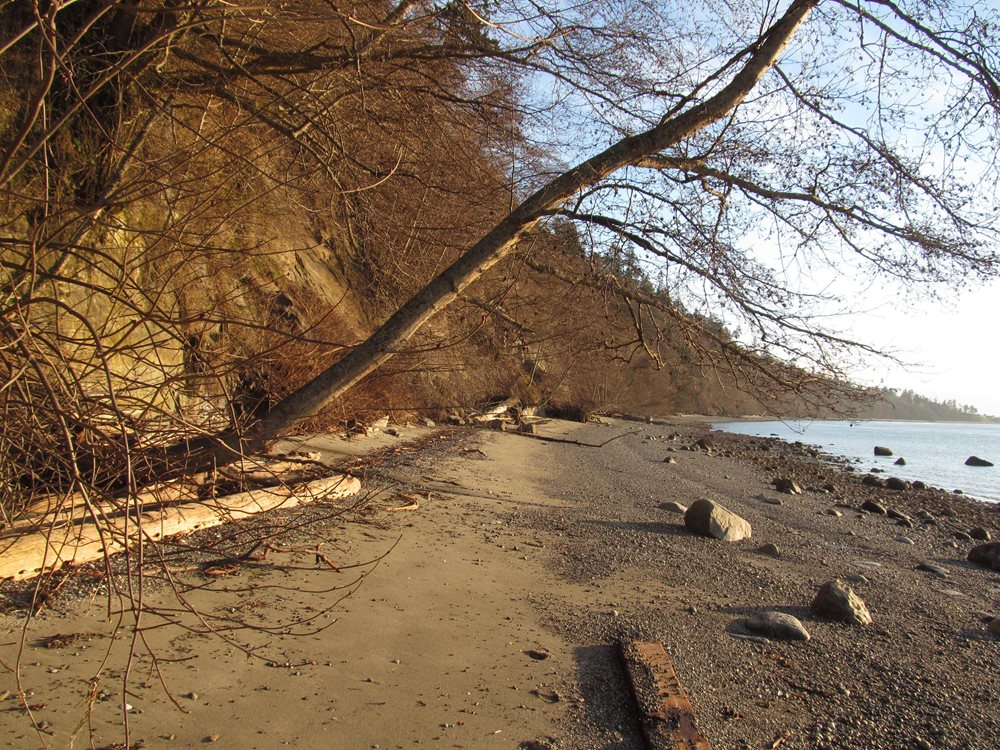Shore Protect Team Fundamentals Explained
Table of ContentsAn Unbiased View of Shore Protect TeamSome Known Facts About Shore Protect Team.The 7-Second Trick For Shore Protect TeamThe Only Guide for Shore Protect TeamThe Single Strategy To Use For Shore Protect TeamThe Main Principles Of Shore Protect Team Shore Protect Team - The Facts
Reduction in property value: As the location tourist is impacted by disintegration, so then is the economy. Buyers are less most likely to browse for a coastline house that can be ruined at any minute by the upcoming flooding and erosion emergency. In turn, residential or commercial property worth can drop tremendously and influence the entire area.Whether a coastline is simply small and jampacked or has to shut totally for the security of the environment and neighboring buildings, this significantly affects tourism. In turn, neighborhood economies are affected (http://localsfeatured.com/directory/listingdisplay.aspx?lid=37776). Threat of injury: The increased risk of flooding and architectural failures creates a raised danger of injury to close-by visitors and area participants

is home to more than 84,240 miles of coast with 41% of it exposed to the open ocean. Coastal designers supervise of shielding the coast against modifications by lessening the destructive effects of both all-natural and manufactured occurrences. Coastline stabilization is directly pertaining to their task. Beachfront hotels: Since shoreline disintegration influences tourism, it influences the success of beachfront hotels.
Shore Protect Team for Dummies
Coastal commercial companies: No vacationers means no organization. Coastal state parks: State parks that exist along coastlines are at risk of damage.
Soft stablizing is a better solution for the environment and even more lasting overall. Hard stablizing utilizes synthetic structures as defense to control erosion. Normally, these frameworks are installed at ideal angles or alongside quit sand activity and reduce the pressure of waves. A lot of types of tough stablizing like seawalls and sheet steel are not optimal for coastline stablizing.
Examine This Report on Shore Protect Team
There's also not sufficient evidence of their efficiency depending on the sort of shoreline and neighborhood conditions. Hard stablizing strategies have a tendency to be more challenging to set up and do not match the all-natural visual, sticking out like an aching thumb and damaging regional environments in many situations. Beach sustenance is the procedure of adding lost sand and debris back to coastlines after erosion has actually happened.
TrapBags aid in the process of beach nutrients by shielding all-natural environments and permitting plants to expand. They're: Eco pleasant: You can make use of indigenous dirt both to border and to fill the TrapBags.

How Shore Protect Team can Save You Time, Stress, and Money.
They can additionally be installed without any type of hefty equipment. Affordable: TrapBags are ideal for both tiny and big areas of shoreline.
Integrated with a high building expense, this has actually resulted in enhancing use other soft design seaside monitoring options such as beach replenishment. Seawalls are built from numerous materials, a lot of frequently strengthened concrete, stones, steel, or gabions. Other possible construction products consist of vinyl, wood, aluminum, fiberglass composite, and biodegradable sandbags made from hemp and coir. The appropriate seawall layout relies on location-specific elements, including surrounding erosion procedures. There are three primary kinds of seawalls: vertical, bent, stepped, and piles (see table listed below).
All-natural barriers, such as coral reefs and mangrove forests, stop the spread of tidal waves and the flow of coastal waters and alleviated the flood and rise of water. A cost-benefit strategy is an efficient means to establish whether a seawall is ideal and whether the advantages are worth the cost.
What Does Shore Protect Team Mean?
A seawall is a static feature which can contrast with the vibrant nature of the coast and hinder the exchange of debris between land and sea. The table listed below summarizes some favorable and unfavorable effects of seawalls which can be used when comparing their performance with various other coastal monitoring alternatives, such as beach nutrients. [] Advantages and negative aspects of seawalls according to Short (1999) Advantages Disadvantages Long-term option in comparison to soft coastline nourishment.

This can create beaches to dissipate, providing them pointless for coastline goers. Normally, seawalls can be a successful method to manage coastal disintegration, yet just if they are created well and out of materials that can withstand the pressure of ongoing wave energy. Some understanding is required of the seaside processes and morphodynamics details to the seawall place.
The Definitive Guide to Shore Protect Team
The proper seawall style relies on location-specific aspects, consisting of bordering disintegration procedures. There are 3 primary kinds of seawalls: upright, bent, stepped, and mounds (see table listed below).
All-natural obstacles, such as coral reefs and mangrove woodlands, avoid the spread of tsunamis and the flow of coastal waters and mitigated the flooding and rise of water. A cost-benefit strategy is an efficient means to establish whether a seawall is ideal and whether the benefits deserve the expenditure.
10 Simple Techniques For Shore Protect Team
A seawall is a fixed attribute which can contravene the vibrant nature of the coastline and restrain the exchange of debris in between land and sea. The table listed below sums up some positive and negative results of seawalls which can be used when comparing their efficiency with other coastal management options, such as coastline nutrients. [] Advantages and disadvantages of seawalls according to Short (1999) Advantages Drawbacks Lengthy term service in comparison to soft beach nutrition. bulkhead maintenance.
This can create beaches to dissipate, providing them ineffective for beach goers. Typically, seawalls can be an effective method to manage coastal disintegration, yet just if they are constructed well and out of products that can hold up against the pressure of ongoing wave power. Some understanding is required of the seaside procedures and morphodynamics certain to the seawall location.